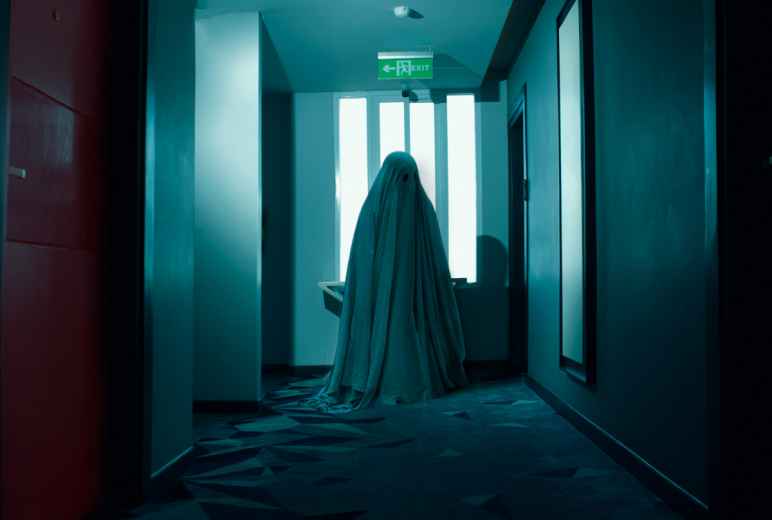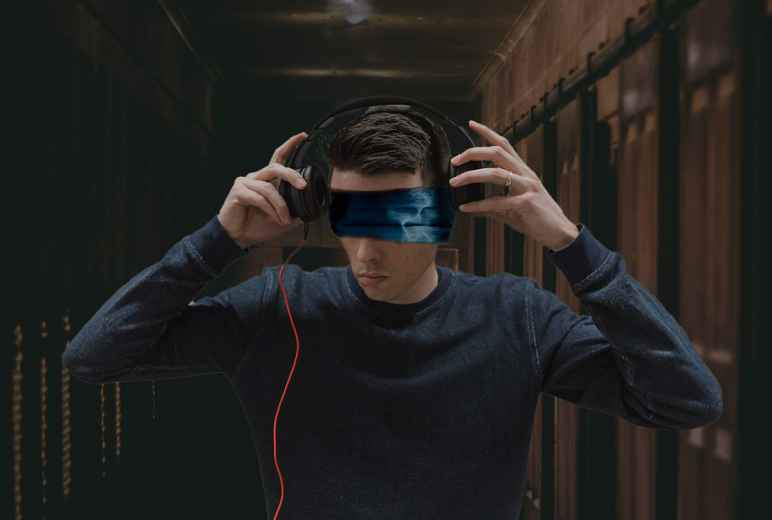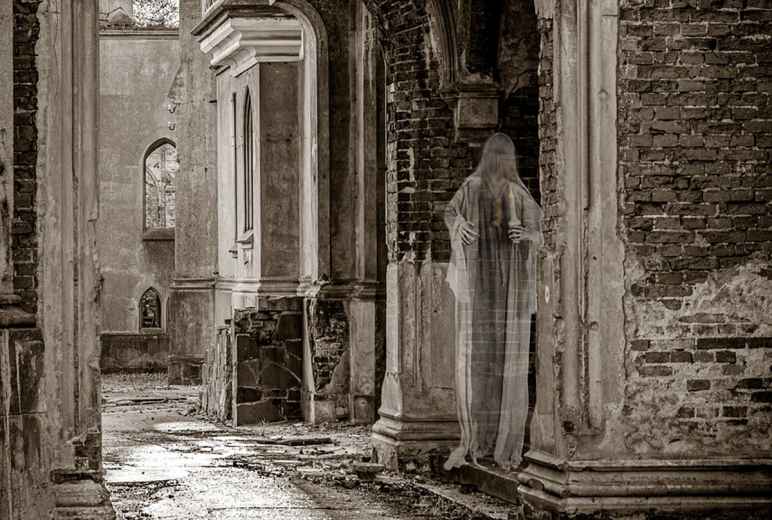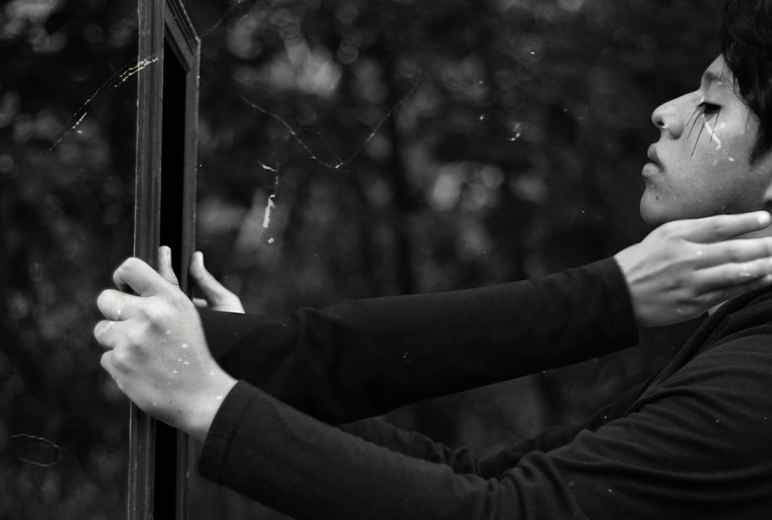Tulpas, Ghost Hunting & The Paranormal Phenomenon Of Thought-Created Beings
August 14, 2023 1:00 AM ‐ Paranormal
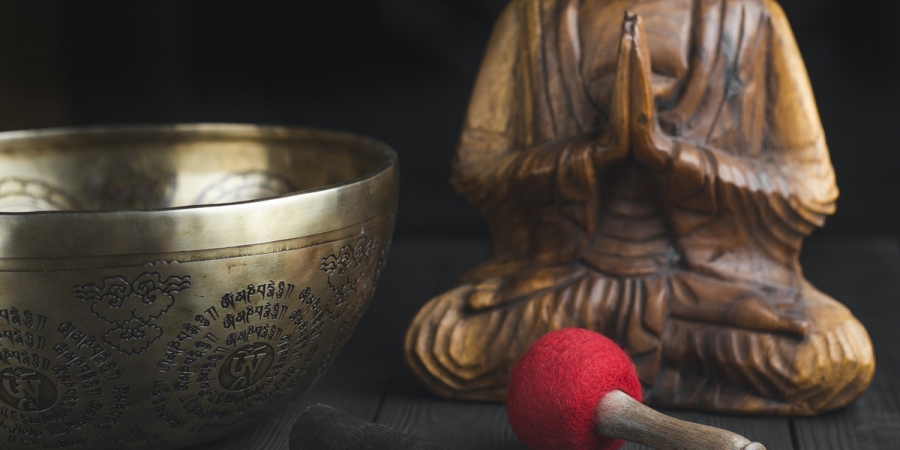
Photo: © Petr Sidorov
Tulpas, often described as thought-forms, are entities that are said to be created through belief or concentration. For some, these often collective manifestations are more than imaginary friends. Tulpas are described as sentient beings with their own thoughts, emotions, and intentions.
It is this belief in the idea that tulpas are capable of independent existence that sets them apart from mere figments of the imagination. The relationship between the creator and a tulpa can range from companionship through to that of a spiritual guide.
The word "tulpa" originates in Tibetan mysticism, specifically within Buddhist practices. In Tibetan, it means "to build" or "to construct," and it refers to a concept where a physical being is created through sheer spiritual or mental discipline. Practitioners would perform intense meditation and visualisation exercises to create these entities, which would then take on a life of their own. The concept has since transcended its mystical origins, finding a place in Western thought and popular culture.
The concept of taking part in exercises to create an entity is something also seen in the world of parapsychology. Perhaps the best-known example of possible tulpa creation in the parapsychological world occurred as part of the Philip Experiment, which was conducted in Toronto in 1972 by a group of researchers. The experiment aimed to create a fictional character named "Philip" through collective imagination and belief, and then communicate with him through a séance-like setting.
The participants developed a detailed backstory for Philip, and during the experiments, they claimed to experience various unexplained phenomena, such as knocks, table vibrations, and even the table tilting, which they attributed to Philip's presence. Critics and skeptics have questioned the validity of these results, attributing them to psychological factors such as the ideomotor effect or the power of suggestion.
There are obvious similarities between the Philip Experiment's approach and the concept of creating a tulpa, but hidden in plain sight is another possible tulpa-creating exercise that you might have unwittingly taken part in yourself.
The Philip Experiment involved the deliberate and collective focusing of belief and intention to manifest an entity. However, if you've ever been on a ghost hunt, you might have inadvertently been doing exactly the same. When a group of ghost hunters enters a reputedly haunted location, their collective belief might be creating a tulpa-like manifestation or result in a physical phenomenon.
Just as a tulpa is formed through concentrated belief and visualisation, a group's shared expectation of a ghostly presence may inadvertently create a thoughtform that exhibits ghost-like characteristics. Of course, this could also be explained by the group's focused psychological state that can lead to heightened sensitivity to ordinary sounds, shadows, and sensations, which might be wrongly interpreted as paranormal.
Some people believe that a tulpa's creation transcends the individual creator or even a focused group of creators, becoming a collective or even global phenomenon. The internet legend of Slenderman is often cited as an example of this.
Originating from a Photoshop contest on a forum, Slenderman quickly evolved into a viral legend, complete with a complex backstory, imagery, and even alleged sightings. Some argue that the widespread belief and fear associated with Slenderman have given it a form of existence akin to a tulpa.
The case of Slenderman does raise a question: if a collective belief in a fictional character can lead to its manifestation, then why aren't figures like Santa Claus considered to be tulpas? Well, in some ways, Santa can be considered a form of cultural tulpa. The widespread belief in Santa among children creates a shared experience that manifests in behaviours and traditions, but belief in him doesn't typically extend to attributing independent thought or sentient existence. Similarly, could a shared belief that Elvis isn't dead lead to a tulpa-like resurrection?
Tulpas are an often overlooked concept in the field of paranormal research, yet they tie in closely with many aspects of ghost hunting and paranormal belief. From ancient practices of visualization to contemporary internet legends, the existence of tulpas challenges our understanding of reality and opens intriguing doors to the power of collective imagination. Whether as spiritual guides, haunting manifestations, or cultural phenomena, tulpas invite us to explore the profound connections between belief, consciousness, and the unexplained.
Related Content
Daily Horoscopes
You May Also Like













